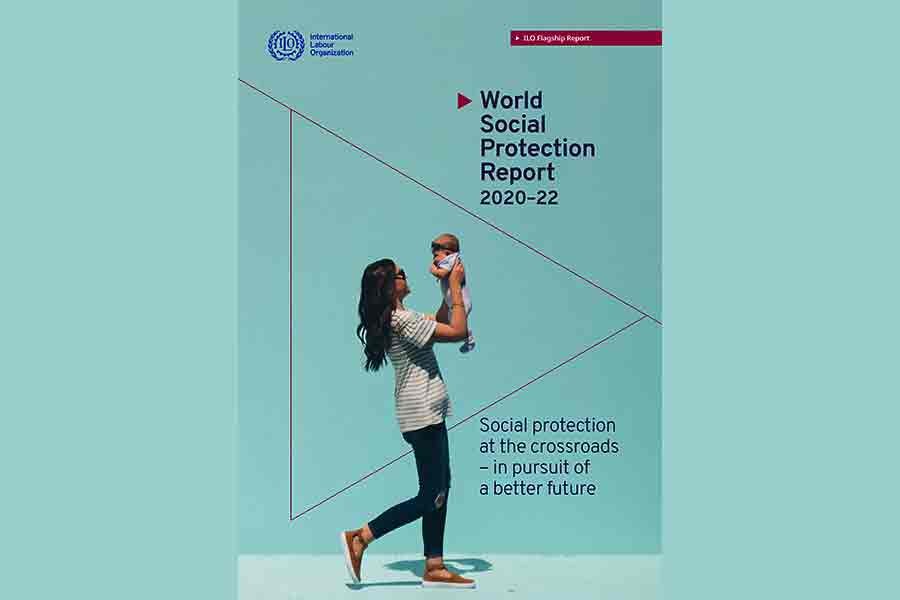Despite the unprecedented expansion of social protection during the COVID-19 crisis, more than 4.0 billion people around the world remain entirely unprotected, a new International Labour Organization (ILO) report says.
The United Nations agency gave the information in a report, titled World Social Protection Report 2020-22: Social protection at the crossroads – in pursuit of a better future, ILO News said on Wednesday.
It finds that the pandemic response was uneven and insufficient, deepening the gap between countries with high- and low-income levels and failing to afford the much-needed social protection that all human beings deserve.
The report contains a global overview of recent developments in social protection systems, including social protection floors, and covers the impact of the COVID-19 pandemic.
It identifies protection gaps and sets out key policy recommendations, including in relation to the targets of the 2030 Agenda for Sustainable Development.
“Currently, only 47 per cent of the global population are effectively covered by at least one social protection benefit, while 4.1 billion people (53 per cent) obtain no income security at all from their national social protection system,” ILO News said citing the report.
“There are significant regional inequalities in social protection. Europe and Central Asia have the highest rates of coverage, with 84 per cent of people being covered by at least one benefit,” it added.
“The Americas are also above the global average, with 64.3 per cent. Asia and the Pacific (44 per cent), the Arab States (40 per cent) and Africa (17.4 per cent) have marked coverage gaps.”
"Worldwide, the vast majority of children still have no effective social protection coverage – only one in four children (26.4 per cent) receives a social protection benefit.”
“Only 45 per cent of women with newborns worldwide receive a cash maternity benefit. Only one in three persons with severe disabilities (33.5 per cent) worldwide receive a disability benefit. Coverage of unemployment benefits is even lower; only 18.6 per cent of unemployed workers worldwide are effectively covered.”
The ILO News also mentioned that 77.5 per cent of people above retirement age receive some form of old-age pension, major disparities remain across regions, between rural and urban areas, and between women and men.
“Government spending on social protection also varies significantly. On average, countries spend 12.8 per cent of their gross domestic product (GDP) on social protection (excluding health), however, high-income countries spend 16.4 per cent and low-income countries only 1.1 per cent of their GDP on social protection.”
The ILO study says that the financing gap (the additional spending required to ensure at least minimum social protection for all) has increased by approximately 30 per cent since the start of the COVID-19 crisis.
“To guarantee at least basic social protection coverage, low-income countries would need to invest an additional US$77.9 billion per year, lower-middle-income countries an additional US$362.9 billion per year and upper-middle-income countries a further US$750.8 billion per year. That’s equivalent to 15.9, 5.1 and 3.1 per cent of their GDP, respectively.”
“There is an enormous push for countries to move to fiscal consolidation, after the massive public expenditure of their crisis response measures, but it would be seriously damaging to cut back on social protection; investment is required here and now,” said Shahra Razavi, Director, ILO Social Protection Department.


